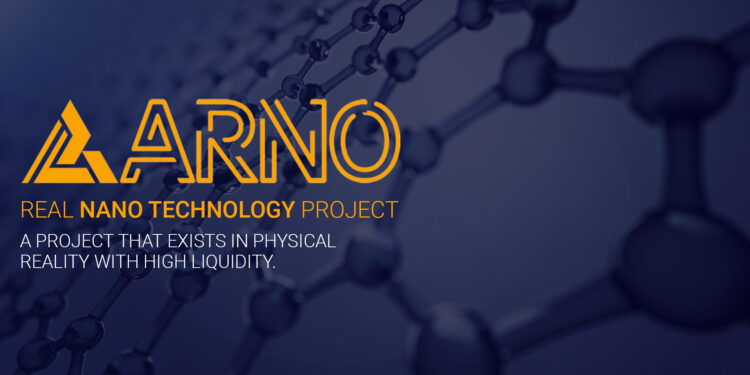Global energy consumption is mounting with each passing year leading to rapid depletion of natural resources every year. While the supply side of the non-renewable energy is near exhaustion, but the demand is only going to mount further. The existing harnessing technology for renewable sources is not at scale to meet the existing demand, thus a secondary source of energy needs to be developed.
According to IHS, over the next decade, the newest developed lead-acid or lithium-ion (Li-ion) batteries, based on the newest Graphene-content materials for electrodes and coatings, will become the mainstream energy storage technology, with more than 80% of global energy storage installations including it by 2025. This year alone, the global energy storage market is expected to double, from 1.4 gigawatt-hours (GWh or billion watt-hours) added in 2015 to 2.9GWh.
The consumption rate cannot be slowed down but the technology can be improved to ensure better storage and longevity of the supply. A majority of the electricity supply is wasted through improper or non-efficient storage technologies. This is where Art Nano (ARNO) comes into the picture as it is working towards the creation of production of secondary energy sources for industrial and home use based on lead-acid battery cells using carbon nanomaterials.
What ARNO Brings to the Energy Sector?
Art Nano has been working for years in the research and development of the technologies for producing carbon nanomaterials, in particular carbon nanotubes, intercalated graphite, and graphene structures. The firm has also developed and implemented these technologies for industrial use over the past few years. The experience of working at an industrial level allows ArtNano to produce additives of various types for various fields of application.
The firm has developed proprietary additives to store energy, improve efficiency, increase the capacity and life of existing batteries, and more. Manufacturers of electronic products, hybrid vehicles, and power systems are also benefiting from this technical practice, which allows them to create more flexible and high-performance offerings for their end-users.
For the battery and energy market, carbon nanotubes, intercalated graphite, and graphenes enable battery developers to extract the highest possible efficiency out of each active material, promoting high power delivery and energy density in Li-Ion batteries as well as extending cycle life and charge acceptance in lead-acid batteries. Our conductive carbon additives will be also used in supercapacitors, fuel cells, Li-air, and other energy storage devices.
The Use of Carbon Nano Technology Revamps Existing Battery Storage Capacity
The research uncovered that adding new carbon-based materials to both negative and positive electrodes of a battery dramatically decreases the degree of sulfation and dramatically decreases the weight. Improvements to battery performance under high-rate partial-state-of-charge operation are also another benefit of carbon integration. Altogether, this means more cycles and longer service life.
Are lead-acid batteries forever relegated to small off-grid and residential applications? Not anymore. ARNO team lead-acid-paste developed and optimized in tight collaboration with the Bulgarian Academy of Science and Saratov National Research Center, Russia, encapsulates the carbon nanoparticles and graphene-based materials within “nano lubricants” which are specifically designed to enable effective dispersion of individual particles within the lead-acid paste.
The solution offered by ARNO is based on carbon nanomaterials that affect the structural characteristics of the active mass of the electrode. When using the technology offered by the firm, the average radius of pores in the active material of the electrode is significantly reduced. So, in the standard lead-acid plate solution, it is usually about 2.8 μm, and after using our technology – 0.7 μm. Reducing the pore size of the active mass as a result of using our technology will help reduce the size of the sulfate crystals as a result of the spatial restriction of their growth.
Reducing the size of lead sulfate crystals will increase the efficiency of charging the battery plates. In addition, the use of our technology leads to an increase in its specific surface area of the electrode itself. Thus, the active mass, according to the old technology, has a specific surface of about 0.5 m2 / g., And using the proposed solution, 1.5% 8-10 m2 / g., which allows to fully reveal the potential of using the effect of a double electric layer and to obtain a new product combining the advantages of both an ordinary lead-acid battery and a supercapacitor on an acid electrolyte.
Defi Incorporation and Liquidity Market
Blockchain technology has evolved over the years to offer a number of use cases to streamline a number of traditional problems efficiently. ARNO would make use of Defi to ensure efficient productivity and delivery for its customers and partners. The ARNO project has launched a utility token with the same ticker symbol as the name that would allow various actors in the ARNO ecosystem to canary out various tasks.
ARNO token is based on ERC-20 protocol and even though it would act as a financial tool for the platform, users can always exchange the ARNO tokens by swapping with any other token of their choice, once the project is live. The total token emission is 50000000; The project team will put up a certain quantity of tokens for auction, and when the tokens are bought by the participants, the team will stop the cryptocurrency input on the present platform for a year. The auction is held by the traders not bearing a relation to the developers.
The project token is the main settlement tool of the economic part of the project. The entire economic system of the project involves the active use of the ARNO token. It is also a very important role in the fact that the project is physical and it is already working. The direction is new and in demand. New energy-efficient systems are our future.















